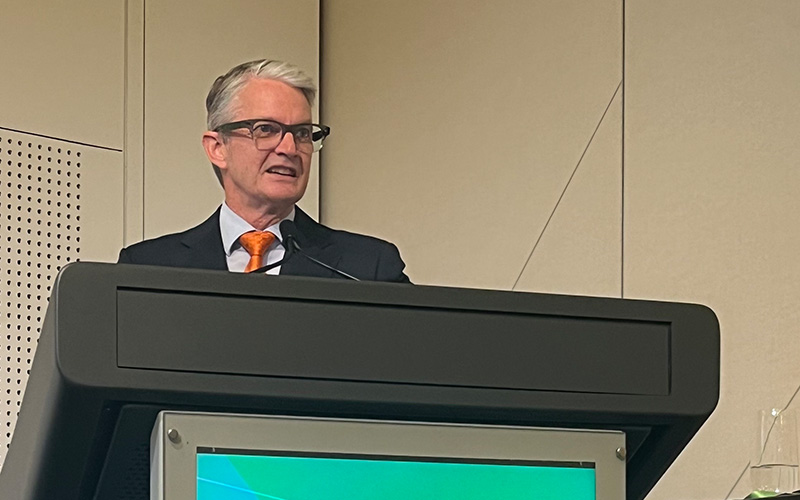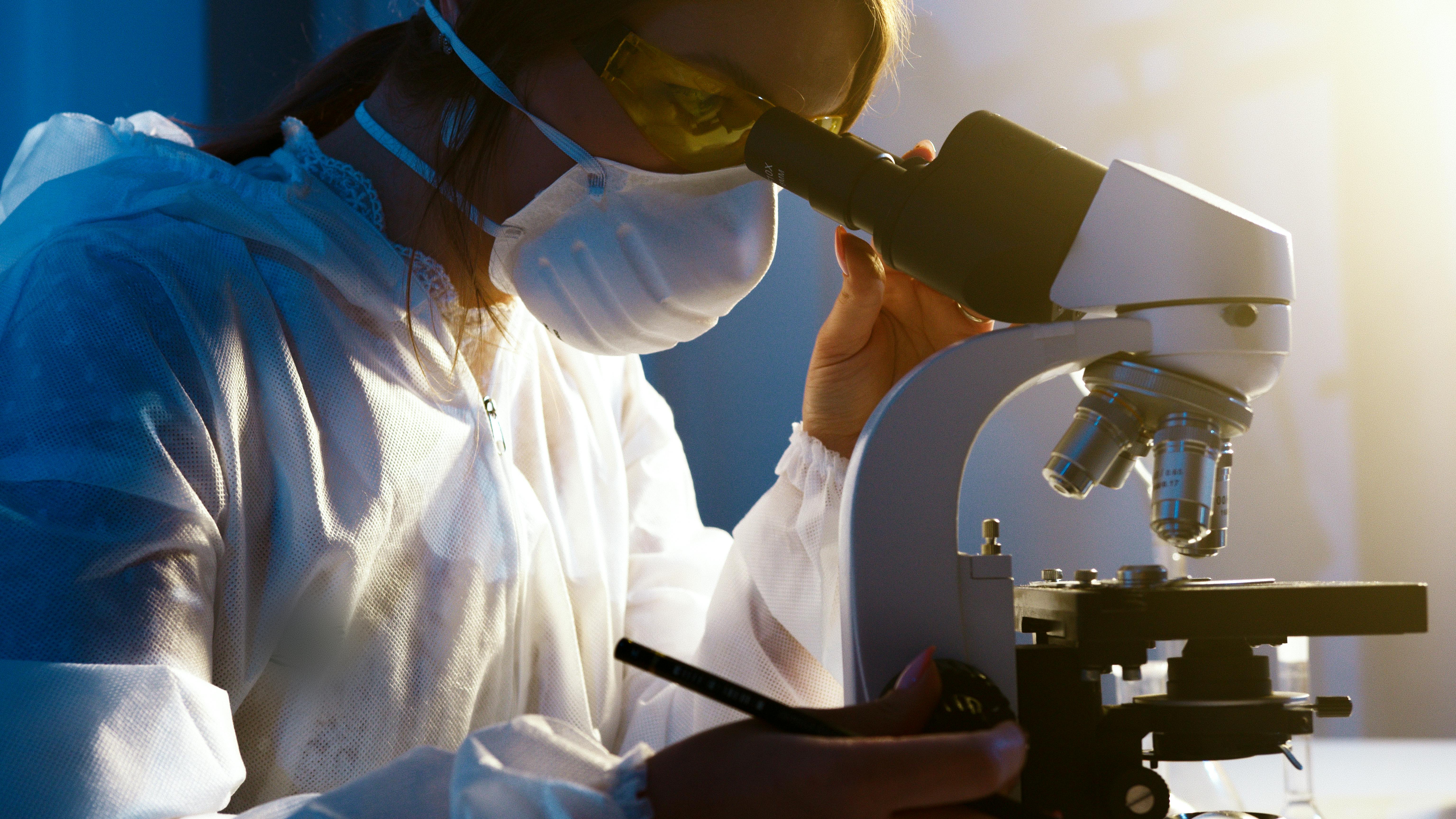The atmosphere is essential in sustaining life on Earth – but how did this layer of gases come to be?
This is the question for University of Southern Queensland astrophysicist Dr George Zhou, who is about to embark on an investigation into the growth of distant, newly born planets to learn more about our own.
The Australian Research Council (ARC) has awarded Dr Zhou a $855,316 Future Fellowship for his three-part study, which will see him lead a team of researchers in the exploration of distant worlds. Among the group are University of Southern Queensland PhD students Sydney Vach and Ava Morrissey.
“We live in a solar system that has a number of terrestrial planets, such as Mars, Venus and Earth, that all have a thin layer of atmosphere,” Dr Zhou said.
“But what was the primordial atmosphere of these planets? And how did it transition into what we have today?
“This is what we are looking to address with this fellowship.
“We are fortunate to have received such a competitive fellowship, and it’s great to see Australia investing in exoplanet research, a field that will help drive astronomy for the next few decades.”
Last year, Dr Zhou was part of a University of Southern Queensland-led team awarded use of the Hubble Space Telescope. The team used the opportunity to search for an extended evaporating atmosphere around a specific young planet.
This young planet will also feature in the new ARC project, with Dr Zhou drawing on the above study and data from the European Space Agency’s CHEOPS mission to inform his latest investigation.
“By looking at the hydrogen escaping from this young planet in real-time, we can understand how other atmospheres have been stripped away, leaving behind just the core,” Dr Zhou said.
“This stripping away process is universal; all planets go through it – even now, the Earth is losing a lot of its hydrogen and helium into space in the same way.
“We hope to detect this process in other planets and then extend this knowledge to understand how thousands of other planets outside the solar system came to be.
“In the third part of this project, we hope to be granted access to the James Webb Space Telescope to look at the atmosphere of a young planet and see its composition.
“How much water is there, how much carbon dioxide and methane? We will then compare it to a similar-sized planet today.”
Dr Zhou said although there were a couple of atmospheric evaporation models, this study would help to provide greater insight into the phenomenon.
“Hopefully, we will find something interesting, like this particular young planet losing its atmosphere in a weird way,” he said.
“Investigating this is like looking at a time capsule; we can’t turn back the clock to see what the early Earth was like, but we can look at these newly formed planets and infer,” he said.
“By studying other planets, we place our own in context. We have one solar system to understand how life came to be on Earth.”
Learn more about the University of Southern Queensland’s Centre for Astrophysics.








